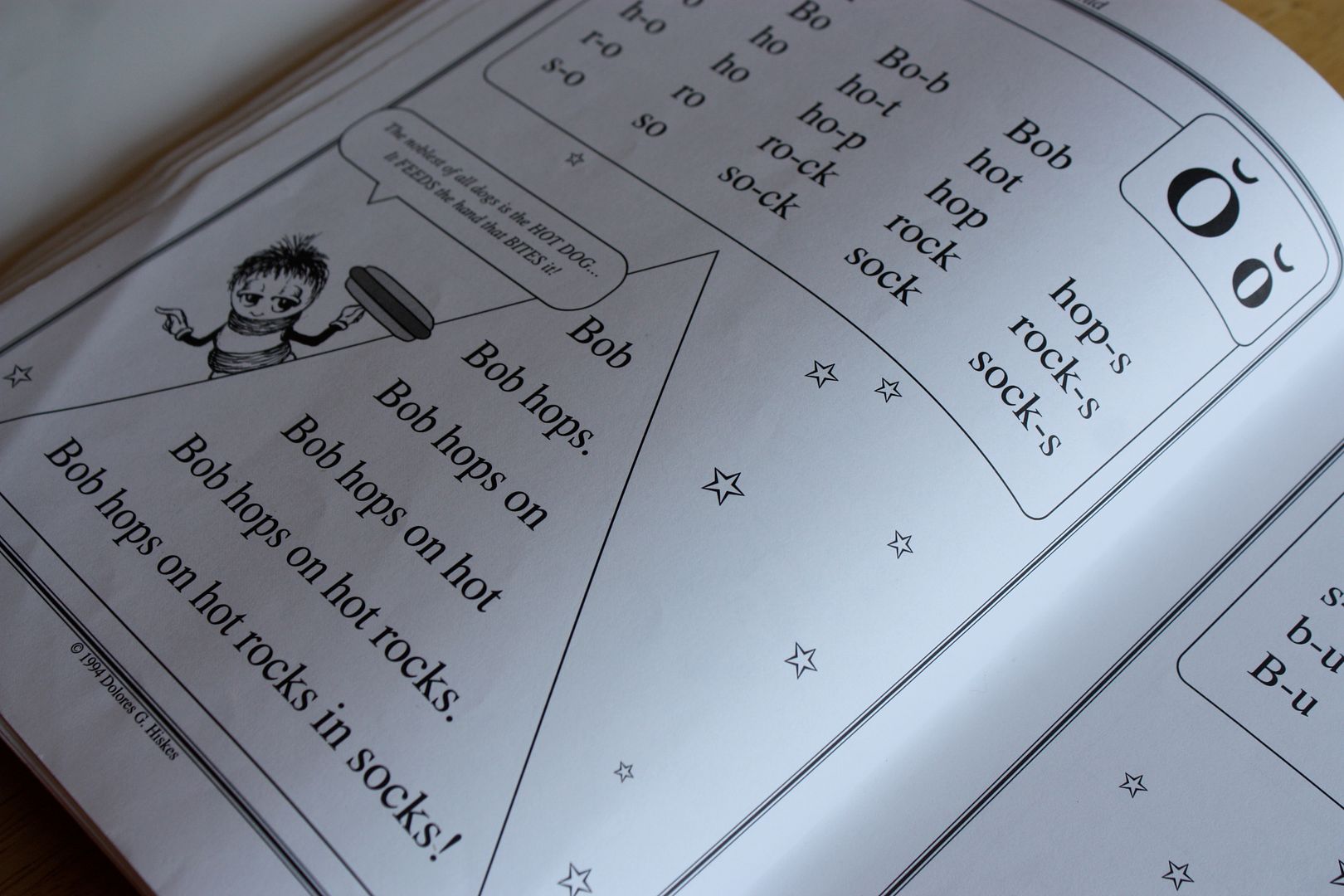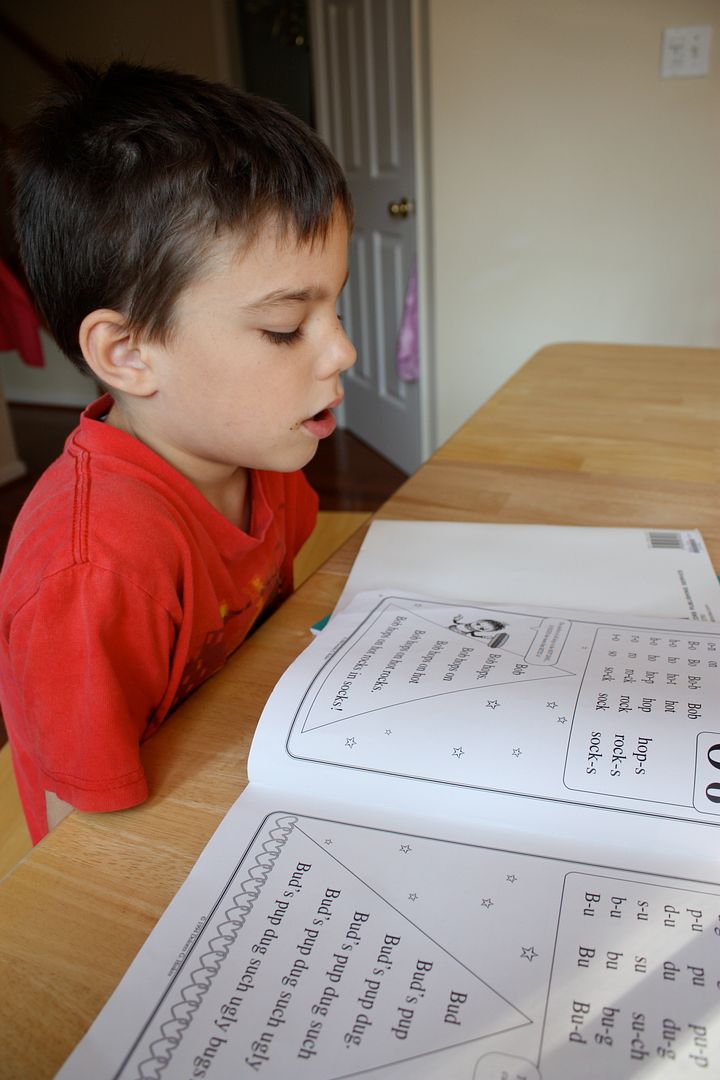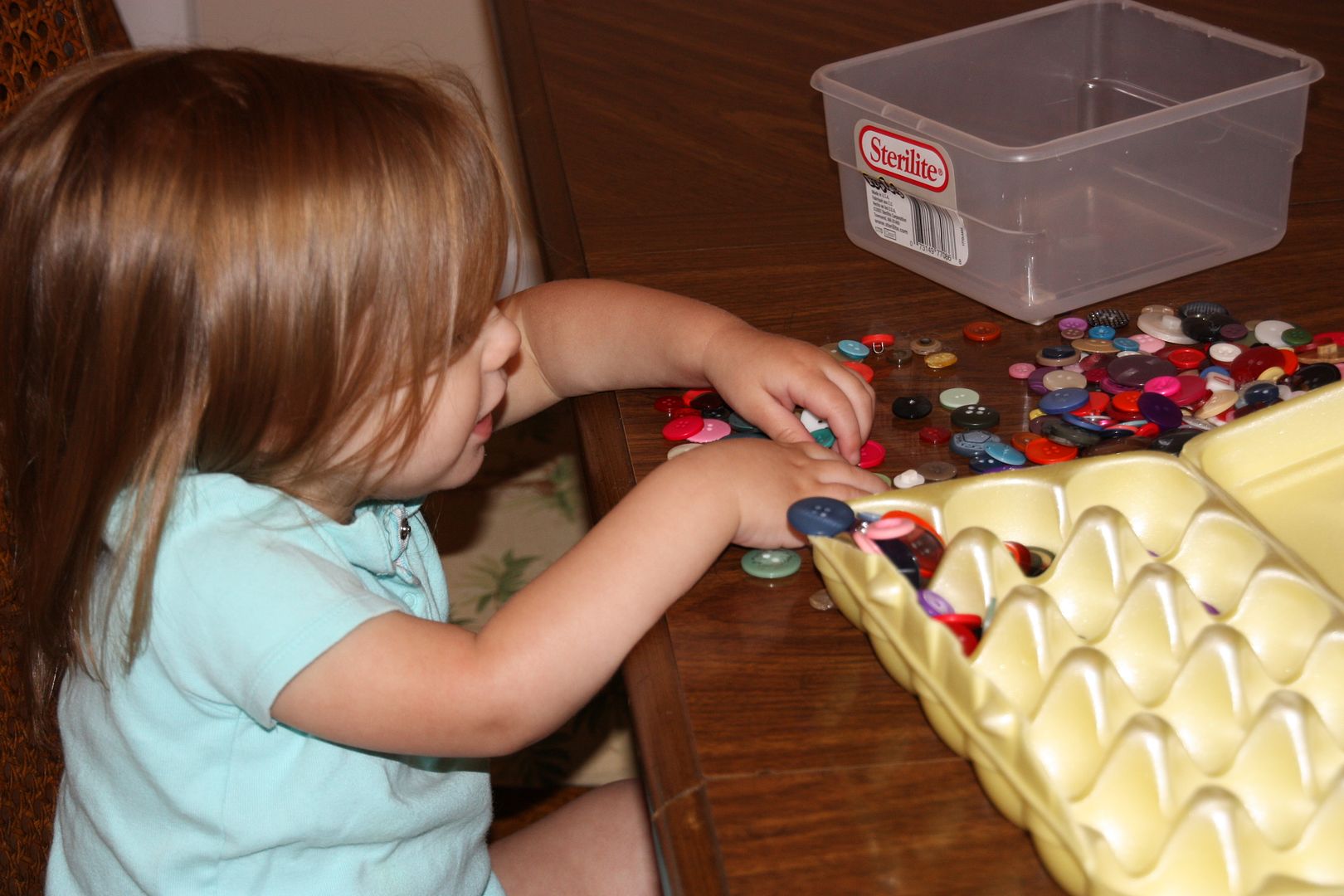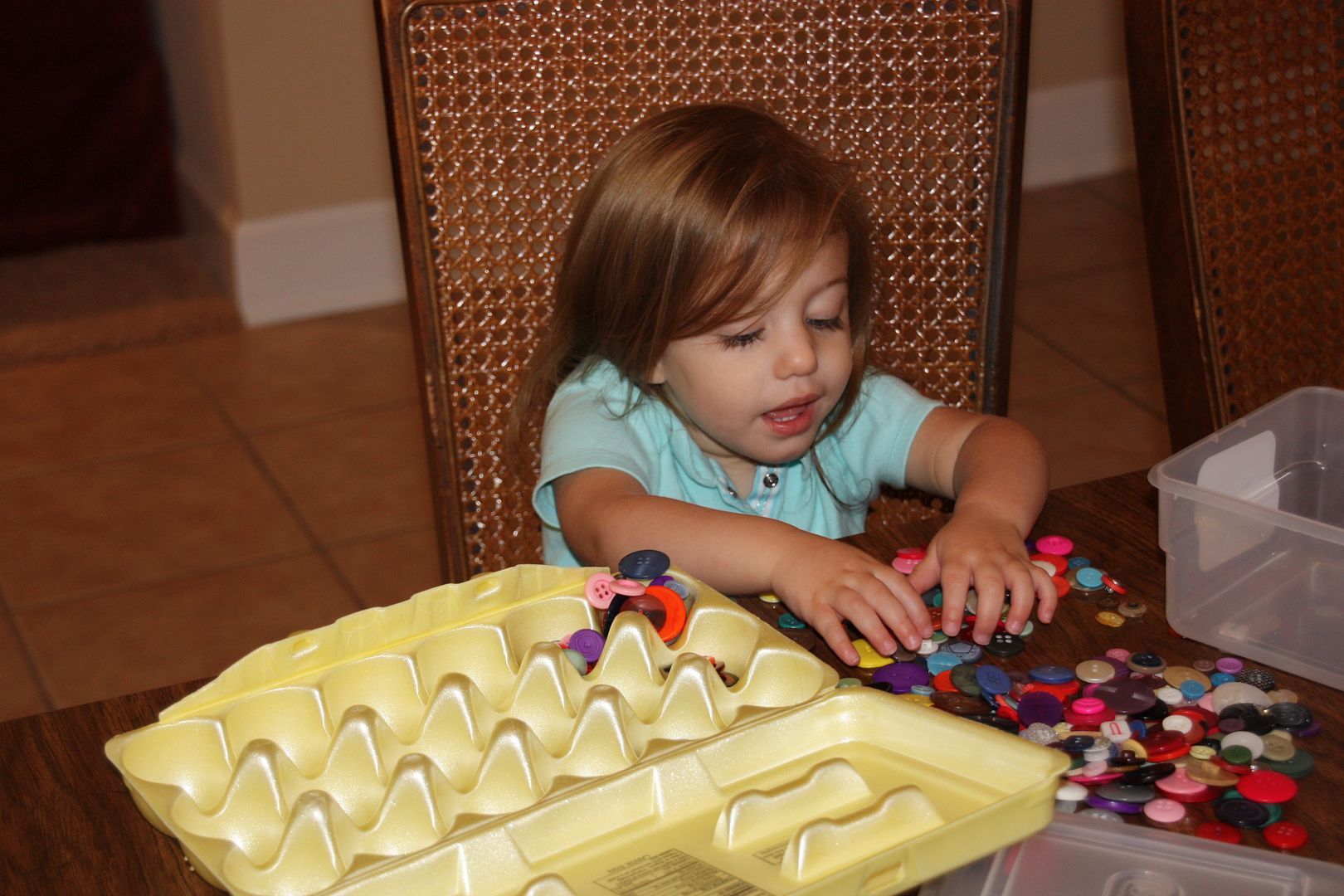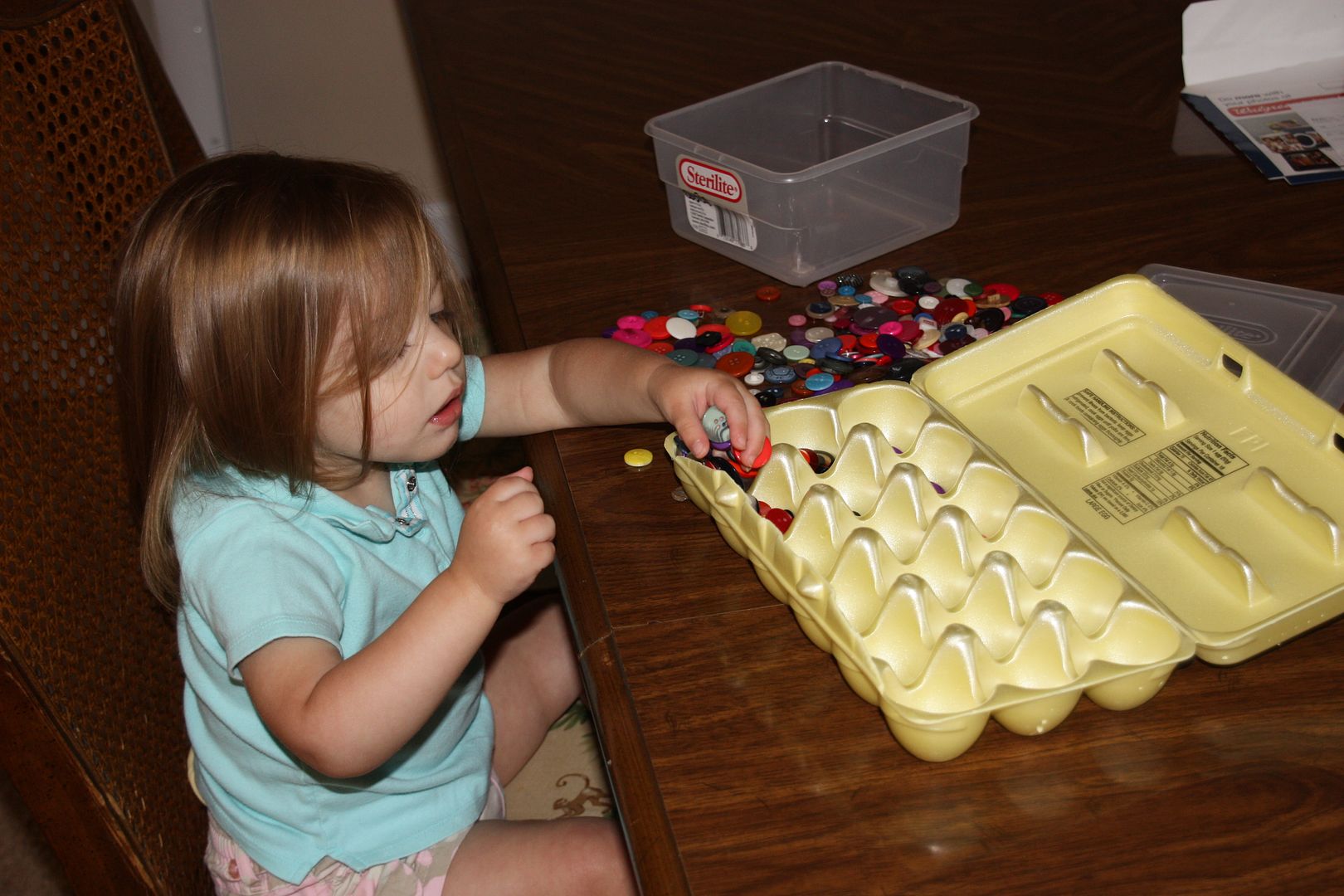Before you purchase curriculum for the next school year check out these homeschool curriculum reviews These homeschool reviews are written by real homeschooling moms, sharing their unbiased opinions. They are a great resource for anyone considering homeschooling or interested in changing curriculum.
Like you, I’ve wandered homeschool convention floors for hours looking at all the amazing products available to homeschoolers. I’ve also purchased homeschool curriculum only to realize a few months later that it didn’t work for my kids!
These homeschool curriculum reviews are a great place to start if you are buying new curriculum this year.
We’ve organized these reviews into four categories, preschool, elementary, middle, and high school. When you click on a link it will take you to a website with the curriculum review. Almost every review on this page was written by a homeschooling mom who actually used the curriculum with her kids.
Jump to:
- Preschool Curriculum Reviews
- Elementary School Curriculum Reviews
- Middle School Curriculum Reviews
- High School Curriculum Reviews
If you have a homeschool curriculum review you would like added to the list, submit it here.
- A Journey Through Learning Lapbooks (The Happy Housewife)
- Abcmouse.com (Purposeful Homemaking)
- All About Reading (Homeschool Creations)
- All About Reading (The Fantastic Five)
- Alpha Omega PreK Horizons (The Tuckers Take Tennessee)
- Alpha-Phonics: A Primer for Beginning Readers (The Happy Housewife)
- God’s Little Explorers (The Happy Housewife)
- GyMathtics (Raising Olives)
- Inglés 360: Early Language Arts Skills (The Cardamom’s Pod)
- K4 Curriculum (Confessions of a Homeschooler)
- Letter of the Week (Confessions of a Homeschooler)
- Little Hands to Heaven (To the Moon and Back)
- Math Tutor: Young Minds Numbers and Counting (Raising Olives)
- Monkisee (Homeschool Lite)
- PreK Scholars (The Tuckers Take Tennessee)
- Reading Eggs: Online Reading Program (So You Call Yourself a Homeschooler)
- The Reading Lesson: Teach Your Child to Read in 20 Easy Lessons (Five J’s)
- Time 4 Learning (Preschoolers Day by Day)
- Sign Babies Flash Cards (One Little Word She Knew)
- The Verbal Math Lesson: Step-by-Step Math without Pencil or Paper (Five J’s)
- Your Baby Can Read (Homeschool Lite)
All in One
- Little Hearts for His Glory (Heart of Dakota) (To the Moon and Back)
- Tapestry of Grace (The Curriculum Choice)
Bible
- Apologia “What We Believe” series: Biblical Worldview of God and Truth (The Cardamom’s Pod)
- Bible Curriculum (Educating Layton)
- Discovering Jesus in Genesis (and Exodus) (The Cardamom’s Pod)
- Grapevine Bible: Esther Study (Raising Olives)
- Jamie Soles Psalm CDs (Raising Olives)
- Positive Action for Christ Bible Curriculum (The Johns Family)
- Training Hearts, Teaching Minds: Family Devotions Based on the Shorter Catechism (The Cardamom’s Pod)
Electives
- Building Thinking Skills (A Day in the Life)
- Child-Size Masterpieces (Harmony Art Mom)
- Homeschool Spanish Academy (Teach Beside Me)
- Prima Latina (Homegrown Mom)
- See The Light: DVD Art Classes (The Cardamom’s Pod)
- Song School Latin (A Day in the Life)
- Speekee: Spanish For Young Children (The Cardamom’s Pod)
- Sue Patrick’s Workbox System (Raising Olives)
- Teach Me Tapes (One Little Word She Knew)
- Time4Learning (Purposeful Homemaking)
- The Getty Art (Homeschooling While Living the Life of Easier)
- Web Design for Kids…and Curious Grown-ups (Raising Olives)
History
- Expedition Earth (Confessions of a Homeschooler)
- Map Trek (Teach Beside Me)
- The Mystery of History (The Happy Housewife)
- The Mystery of History (Joy and Contentment)
- Mystery of History, Volume 1 { with eager hands }
- Road Trip USA (Confessions of a Homeschooler)
- Veritas History (The Happy Housewife)
Language Arts
- A Journey Through Learning Lapbooks (The Happy Housewife)
- All About Spelling (Raising Olives)
- All About Spelling (Homeschool Creations)
- Alpha-Phonics: A Primer for Beginning Readers (The Happy Housewife)
- Beehive Reader from All About Spelling (Raising Olives)
- Big Words for Little Kids: Advanced Vocabulary for Elementary School Children (Five J’s)
- Bob Jones English (The Cozy Nook)
- Bonnie Terry: The Comprehension Zone-Rocket Rap (Raising Olives)
- First Language Lessons (The Cozy Nook)
- Growing with Grammar (The Johns Family)
- Handwriting Without Tears (Homeschool Roundup)
- Horizons Phonics and Reading (The Happy Housewife)
- KinderBach (Raising Olives)
- Lexercise – Online Dyslexia Treatment (Weird Unsocialized Homeschoolers)
- Lexercise – Online Dyslexia Treatment (Spell Outloud)
- Ordinary Parent’s Guide to Teaching Reading (Daily Dwelling)
- Presidential Penmanship (Raising Olives)
- Reading Eggs (The Happy Housewife)
- Reading Eggs: Online Reading Program (So You Call Yourself a Homeschooler)
- The Reading Lesson: Teach Your Child to Read in 20 Easy Lessons (Five J’s)
- Reading Pathways (The Happy Housewife)
- Rocket Phonics (Raising Olives)
- Rod and Staff English (Five Js)
- Rod and Staff: Follow the Plan (Possibilities and Peas)
- Sequential Spelling (The Cardamom’s Pod)
- Spalding Method (This Momma Knows)
- Spelling Power (The Happy Housewife)
- Spelling Power (Smockity Frocks)
- Spelling Power (The Cozy Nook)
- SpellQuizzer (The Cardamom’s Pod)
- Spelling Workout (The Cozy Nook)
- Story Starters (Lily of the Valley)
- Teach Your Child to Read in 100 Easy Lessons (Smockity Frocks)
- Wordy Qwerty (A Day in the Life)
Math
- Facts First by Saxon (Raising Olives)
- Horizons Math (The Cozy Nook)
- Jumping Joeys Numberline (The Tuckers Take Tennessee)
- Learn Math Fast (The Happy Housewife)
- Math in Focus (The Cozy Nook)
- Math Mammoth (One Little Word She Knew)
- Math-U-See (Joy and Contentment)
- Math-U-See (Homeschool Roundup)
- Mathletics (Raising Olives)
- Math Tutor: Basic Math Word Problems (Raising Olives)
- Professor B Math (Teach Beside Me)
- Quarter Mile Math (Raising Olives)
- Saxon K (Daily Dwelling)
- Touch Math Multiplication and Division (Homeschool Lite)
- The Critical Thinking Co. (my blessed life)
- Time4Learning (Nutrition for Healthy Kids)
- The Verbal Math Lesson: Step-by-Step Math without Pencil or Paper (Five J’s)
Science
- Apologia Elementary Science (The Happy Housewife)
- God’s Design for Science (The Cozy Nook)
- Journey Through Learning Lapbooks & Unit studies (Raising Olives)
- Nancy Larson Science (The Happy Housewife)
- REAL Science Odyssey (One Little Word She Knew)
- Shining Dawn Books: NaturExplorers (Adventures in Home Education)
- Steve Spangler Science (The Happy Housewife)
- The Curiosity Files (The Happy Housewife)
- The Curiosity Files Unit Studies (The Johns Family)
- The Curiosity Files (Purposeful Homemaking)
- Weather Wits & Science Snickers (The Happy Housewife)
Unit Studies
- Curiosity Files: Blue Footed Booby (Weiser Academy)
- My Father’s World 1st Grade (One Little Word She Knew)
- Sonlight (Daily Dwelling)
- The Case of The Missing Mountain (Educating Layton)
- Unit Studies by Amanda Bennett (The Cardamom’s Pod)
Electives
- A Young Scholar’s Guide to Composers (Raising Olives)
- Artistic Pursuits: Jr. High Color and Composition (Raising Olives)
- Educaching: GPS based learning program (Raising Olives)
- Jean Welles Worship Guitar Class (Raising Olives)
- Nutrition 101: Choose Life (Raising Olives)
- Sense and Sensibility Online Sewing Class (Raising Olives)
- Tektoma (Raising Olives)
- The Great Latin Adventure (A Day in the Life)
- Visual Latin (Five Js)
Language Arts
- IEW Student Writing Intensive (A Day in the Life)
- My ACCESS! (Raising Olives)
- Roots and Fruits (Raising Olives)
- Tapestry of Grace (The Curriculum Choice)
- Time 4 Learning (Nutrition for Healthy Kids)
- Winston Grammar (The Happy Housewife)
- Write Source (Homeschooling While Living the Life of Easier)
- Write with the Best: Vol 1 (Raising Olives)
Math
- Aleks Math (Raising Olives)
- Daily Word Problems (A Day in the Life)
- Learn Math Fast (The Happy Housewife)
- Make it Real Learning (A Day in the Life)
- Mathscore (Raising Olives)
History
- A Young Historian’s Introduction to Worldview (The Happy Housewife)
- History Portfolio (Homeschooling While Living the Life of Easier)
- Sonlight (Raising Olives)
- The Mystery of History, Volume 1 { with eager hands }
- The Mystery of History Vol 2. (Raising Olives)
- The Story of the World (The Happy Housewife)
Science
- God’s Design for Science (The Cozy Nook)
- The Story of Science (Homeschooling While Living the Life of Easier)
Electives
- Artistic Pursuits: Sr. High Color and Composition (Raising Olives)
- Drawing on History (The Happy Housewife)
- Homeschool Spanish Academy (Ponder the Path)
- Sue Gregg Cooking Class (Raising Olives)
- TeenCoder (A Day in the Life)
How To’s
- Teaching High School at Home (Life as Mom)
Language Arts
- One Year Adventure Novel (Five Js)
- Traditional English Sentence Style (Curriculum Choice) You can find the PDF here.
Math
- Teaching Textbooks (The Happy Housewife)
- Teaching Textbooks {Another Perspective} (The Happy Housewife)
Science
- Apologia – Exploring Creation with Physics (Harmony Art Mom)




